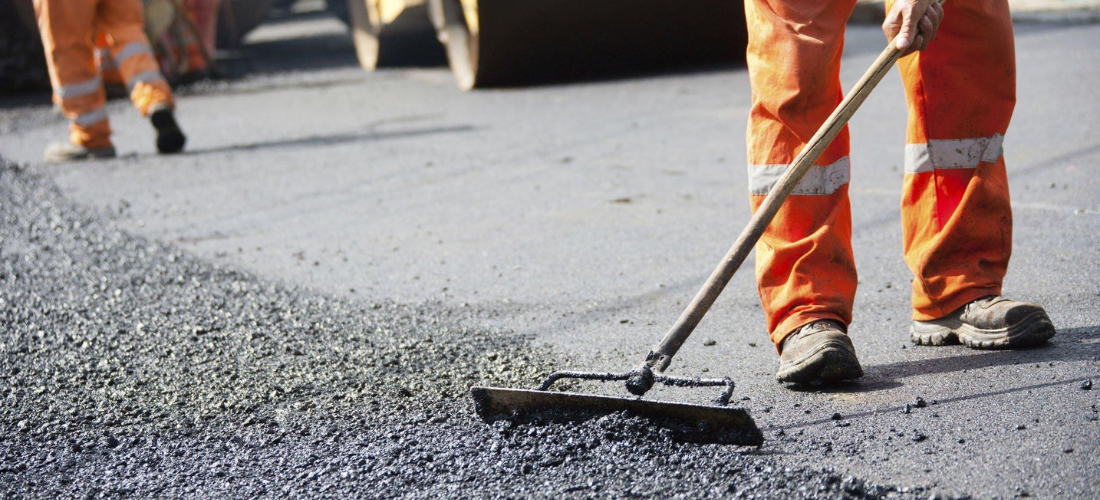Maintaining a safe and efficient road network is essential for the mobility and economic growth of any region. A well-maintained road network not only enhances the driving experience for road users but also ensures their safety. Routine road inspections are an essential aspect of maintaining roads, identifying maintenance needs, and ensuring that roads are in optimal condition for road users.
Routine road inspections are typically carried out by trained personnel who examine the road’s condition, identify potential hazards, and assess the need for repairs or maintenance. These inspections are typically conducted on a regular basis and cover all aspects of the road network, including the surface/pavement condition, road markings, signage, drainage systems, and more.
One of the primary benefits of routine road inspections is the identification of maintenance needs. By identifying potential issues early on, road authorities can address them before they become more significant problems. For example, if an inspection identifies a pothole on a road, the relevant authorities can fill it before it expands and becomes a safety hazard. If the pavement develops cracks and minor defects; it can be treated with micro-surfacing; to restore it back to a good riding surface. Similarly, if an inspection reveals that a drainage system is clogged, authorities can unclog it before it causes flooding or structural damage.
Routine road inspections also help authorities prioritize maintenance and repair efforts. By identifying which roads or areas require the most attention, authorities can allocate resources more efficiently and effectively. This helps ensure that maintenance needs are met in a timely and cost-effective manner.
Another benefit of routine road inspections is the identification of safety hazards. Hazards such as faded road markings, missing signs, or damaged guardrails can pose significant risks to road users. By identifying these hazards during routine inspections, authorities can take immediate action to address them, reducing the risk of accidents and injuries.
Furthermore, routine road inspections can help extend the lifespan of roads. By identifying maintenance needs and addressing them promptly, authorities can prevent minor issues from developing into more significant problems that require costly repairs or even road reconstruction. Regular maintenance can also help reduce the impact of wear and tear on the road, helping to extend its lifespan and reduce the overall cost of maintenance over time.
In addition to these benefits, routine road inspections can also help improve road user satisfaction. When roads are well-maintained, road users are more likely to have a positive driving experience, which can lead to increased satisfaction with the road network. This can, in turn, lead to increased economic growth and tourism as visitors are more likely to return to areas with well-maintained roads.
In conclusion, routine road inspections are essential for maintaining safe and efficient road networks. By identifying maintenance needs, safety hazards, and prioritizing maintenance and repair efforts, authorities can ensure that roads are in optimal condition for road users. Routine inspections can also help extend the lifespan of roads, reduce the overall cost of maintenance, and improve road user satisfaction. Therefore, it is crucial that authorities conduct routine inspections regularly and allocate resources to address maintenance needs promptly.

